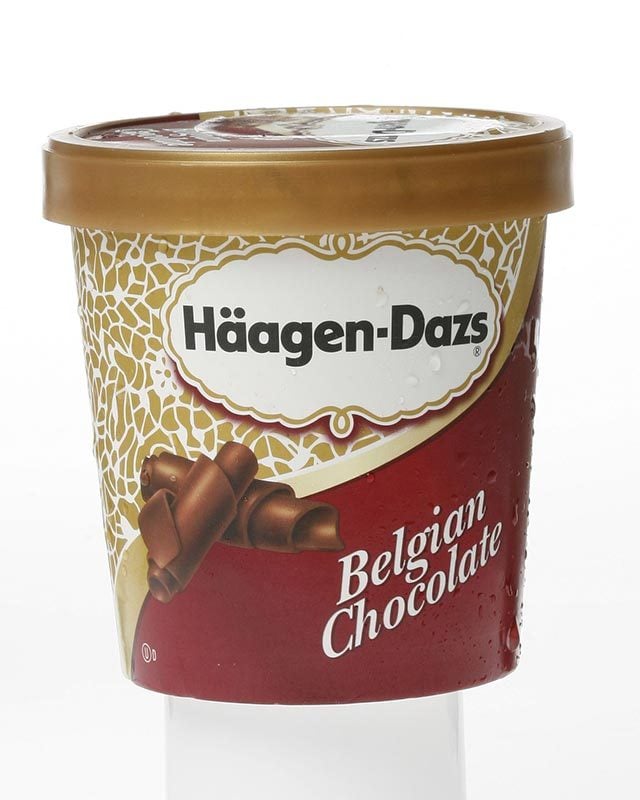This Is the Real Secret Behind Häagen-Dazs Ice Cream’s Name
Updated: Nov. 07, 2022
For starters, it's not even from Europe.
 A rose by any other name would smell as sweet, but would it really be the subject of so much poetry if it was called, say, a Thorny-Horny-Red-Red? Would the Yahoo search engine still be a mainstay if it stuck to its original name, Jerry’s Guide To The World Wide Web, and would Pepsi sell as much soda if we still called it—as its inventor did in 1893—Brad’s Drink? (Here are some of the origins behind famous company names.)
A rose by any other name would smell as sweet, but would it really be the subject of so much poetry if it was called, say, a Thorny-Horny-Red-Red? Would the Yahoo search engine still be a mainstay if it stuck to its original name, Jerry’s Guide To The World Wide Web, and would Pepsi sell as much soda if we still called it—as its inventor did in 1893—Brad’s Drink? (Here are some of the origins behind famous company names.)
In business, much rides on the right name. The husband-and-wife ice cream entrepreneurs Reuben and Rose Mattus knew as much when they decided to start their own confection company in the Bronx in 1959. Reuben’s uncle had been hawking homemade Italian lemon-ices on the streets of Brooklyn since Reuben was 10 (perhaps his hands still stung from all the lemons he helped his mother squeeze in the ‘20s) and eventually expanded into a family-run business called Senator Frozen Products, a horse-drawn cart peddling ice pops and chocolate-covered ice cream bars in the Bronx. Business was sparse—and for that, Reuben blamed not only the ice cream, but the name. (You’ll never guess the messages behind these company logos you see all the time.)
Three decades later, Reuben and Rose knew they wanted their company’s name to evoke an aura of the old-world craftsmanship. “If you’re the same like everybody else, you’re lost,” Mattus told the online magazine Tablet, “The number one thing was to get a foreign sounding name.” Both Jews of Polish descent, Reuben and Rose were drawn to the Danish language (“The only country which saved the Jews during World War II was Denmark,” Reuben said). And so he cobbled together a name: Häagen-Dazs. A fine, Danish-sounding name that means…
Absolutely nothing.
“Häagen-Dazs doesn’t mean anything,” Mattus said. “[But] it would attract attention, especially with the umlaut.”
It is unclear whether or not Mattus knew that the Danish language doesn’t even use umlauts—but, happily, the ploy paid off. Through a combination of great recipes, aggressive marketing (Rose herself dressed up in elegant clothing to give away free samples at local grocers near New York University) and an enticing name that continues to dupe thousands of shoppers today, Häagen-Dazs rose to prominence in the ice cream industry, eventually being purchased by Pillsbury in 1983 (and later, by Nestlé, which owns it today). Like so many IKEA products to follow it, Häagen-Dazs won out on the gamble of naming their products after foreign-sounding gibberish. And the world is happier (and fuller) for it.